What to Wear in Thailand?
Last Updated: August 09, 2025
Tweet
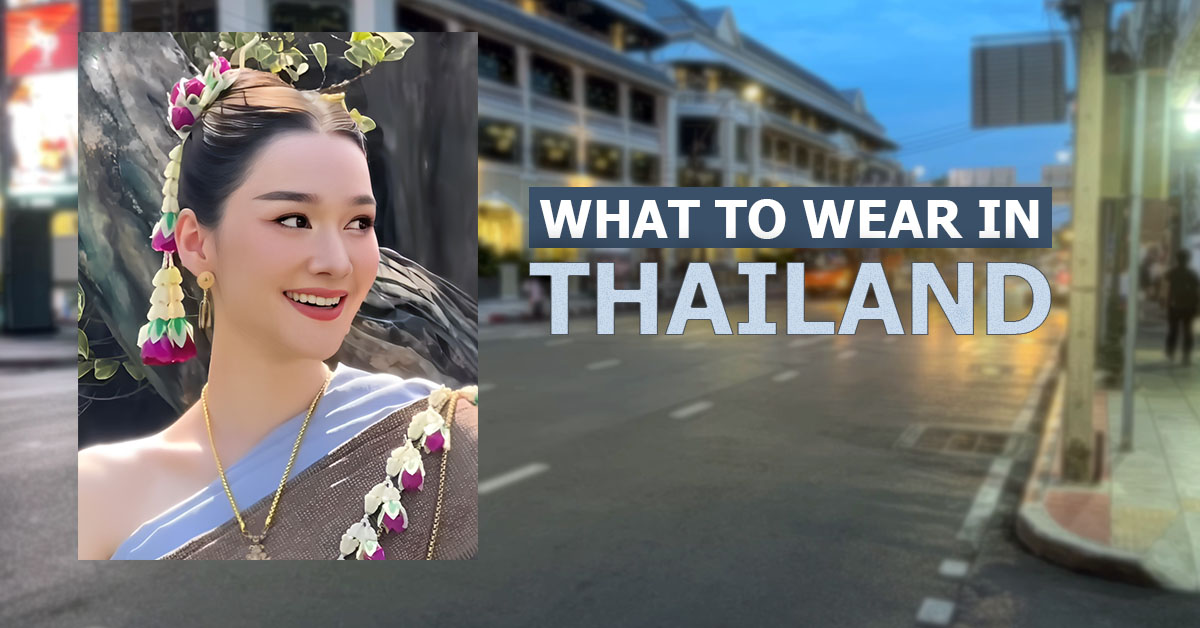
Thailand is one of those rare places that welcomes all styles, but clothing matters at temples, religious sites, and some clubs or hotels with dress codes. Beaches have their etiquette, too. Dressing right here isn’t just fashion, it’s about comfort, respect for culture, and staying cool in tropical heat.
Two months ago, I visited and explored Bangkok’s busy streets, quiet beaches and more. I was surprised to see their sense, which is quite similar to the US, but with a twist. There is local balance, comfort, and modesty that works great with the heat and humidity there, while not damaging the style.
Best Fabrics and Colors to Wear in Thailand
Thailand’s climate is hot, humid, and tropical all year round. The best fabrics are lightweight, breathable, moisture-wicking, and quick-dry, like linen, bamboo, cotton-linen blends, rayon, viscose, silk, lightweight merino wool (≤150g/m²), synthetic mesh, ventilated polyester, and dri-fit materials. The fabrics depends upon the season and time you visit to Thailand.
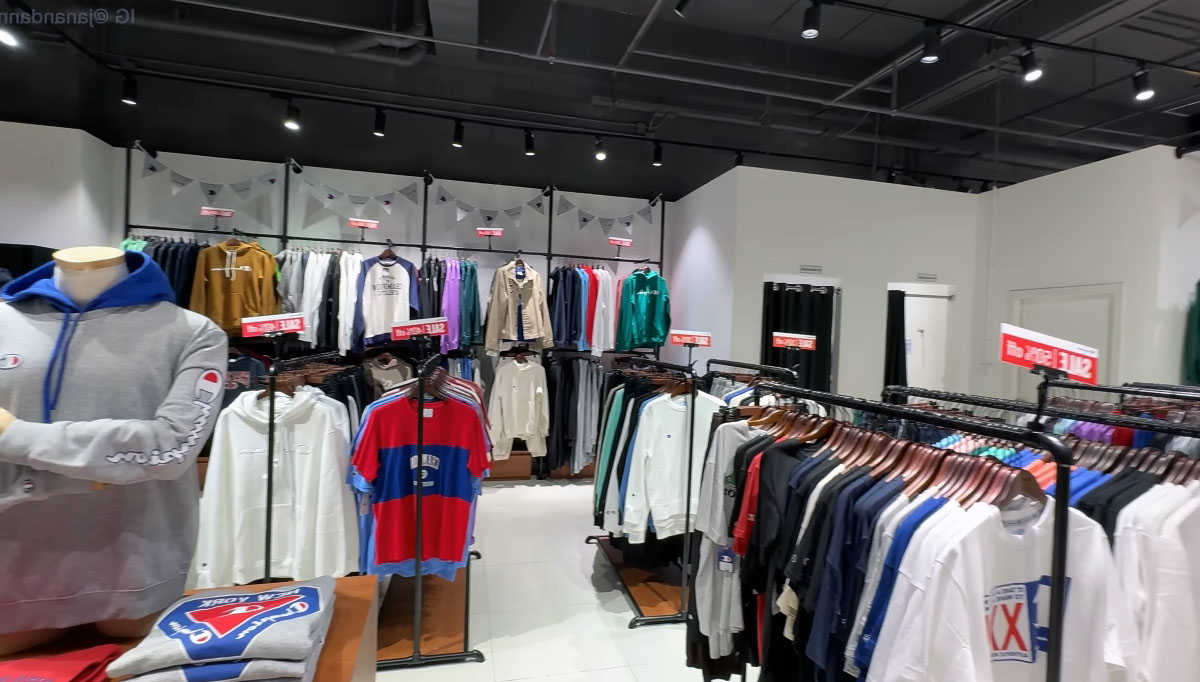
Avoid clingy, thick, or heat-trapping fabrics like denim, jeans, heavy sweatshirts, polyester chiffon, plastic-based fabrics, and polyester-lined clothing. They don’t breathe, trap sweat, and take forever to dry, which can be miserable in the heat.
Right Colors For Thailand
Choosing colours isn’t just about what looks good on you; it’s also about how they behave in the Thai climate. Dark shades like black absorb heat and will make you feel hotter, so light or pastel colours are much more comfortable. Soft neutrals, pale blues, light greens, and sandy tones also photograph beautifully against Thailand’s colourful backdrops.
Please click here to get the complete details on available trips, destinations, accommodation, cost and the rest of it.
Get More Info Now »
General Dress Code and Cultural Etiquette
Dress in a way that shows respect towards Thai culture, which is modest, neat, and considerate, especially in temples, rural areas and around the elders there. Wearing conservative and clean clothing is the best way to fit in with their local customs.
For women, modesty rules matter more than for men. Cover shoulders, avoid showing cleavage, and keep hemlines below the knee in traditional areas. In cities and on beaches, you can dress more freely, but still avoid see-through or overly revealing clothes.
For men, collared shirts or neat T-shirts with sleeves are preferred in city or temple settings. Avoid sleeveless tops in temples and very casual beachwear in urban areas.
This is especially important if you’re traveling alone — being mindful of local customs (and following these solo travel tips) can help you blend in and feel safer.
What to Wear in Thailand Temples?
In Thailand, temples wear a dress that covers the full body like midi, maxi, long skirts, sleeved jumpsuits, or layer your short dress with full sleeve shorts. Try not to wear sleeveless tops, low-cut dresses, short skirts, or tight outfits, despite your gender.
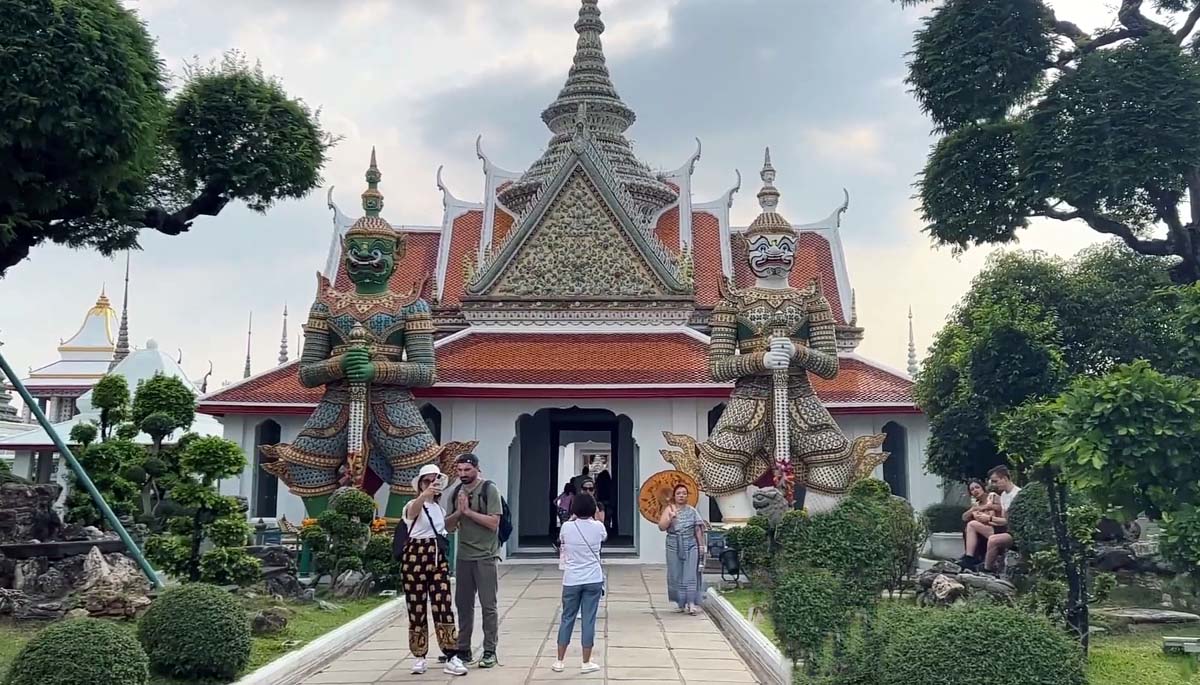
I recommend that you keep some essential accessories while visiting temples that will help you to cover your exposed body parts, like your shoulders or knees.
- Shawl: se it to cover your shoulders when wearing short clothes. Plus, you can use it for sun protection.
- Scarf: This is the best lightweight accessory for covering your shoulder, hair, or even knee when needed.
- Sarong: You can use this as a skirt to tie around your knee for covering, or it can be used as a wrap at the beach.
Footwear Tips for Temples:
The right footwear also matters, same like the above essential accessories. Use slip on sandals or closed-toe flats are best, as you need to remove shoes before entering temples. So try to avoid lace-ups for more convenience.
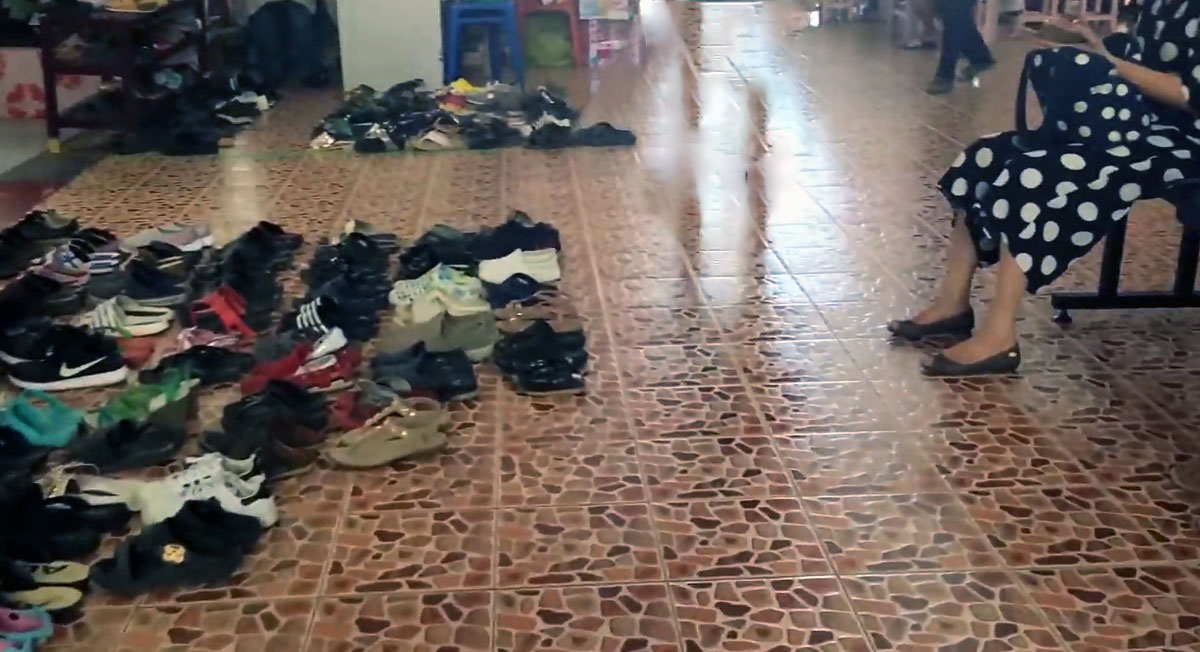
Some tips you should follow while visiting Thailand temples are:
- Always remove shoes before entering temples.
- Never walk barefoot outside; wear socks if needed for hot floors.
- Choose slip-ons or sandals over laced shoes for quick removal.
- Keep shoes tidy and in the designated area outside.
Please click here to get the complete details on available trips, destinations, accommodation, cost and the rest of it.
Get More Info Now »
What to Wear at the Thai Beach?
Wearing swimsuits, bikinis, or trunks is fine for the Thai beach, but always cover them with shorts, a shirt, or a beach wrap when leaving the sand.
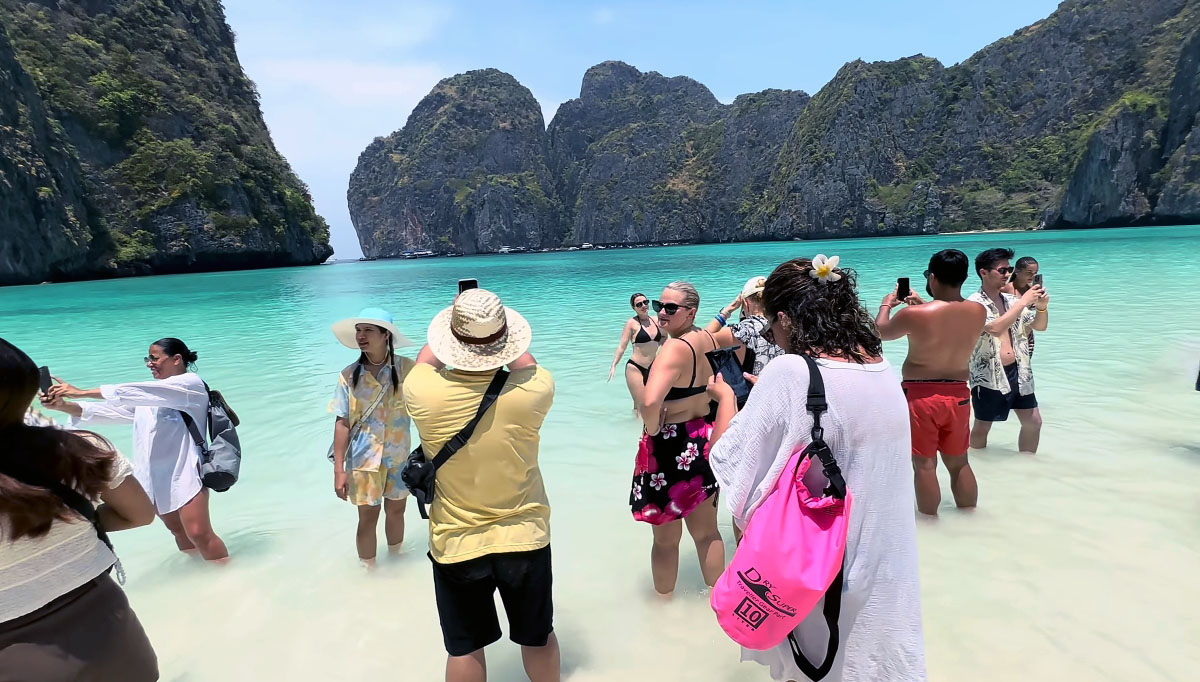
Beach etiquette matters the most in Thailand. Never go topless (even if you are a man), locals don’t walk in swimsuits and never comfort of other walking like that. So keep modest cotton or linen when living beach and visiting shops or any nearby areas.
Some swim essentials that you should include are two swimsuits (one bikini, one one-piece), a rash guard or UPF sun shirt for activities, and waterproof sandals or flip flops.
What to Wear in Cities and Nightlife?
In daytime, wearing casual wear like shorts, T-shirts, and sundresses is fine. But during the night, the vibe is different (especially in Bangkok), so have elegant dressing like a collared shirt, trousers or similar.
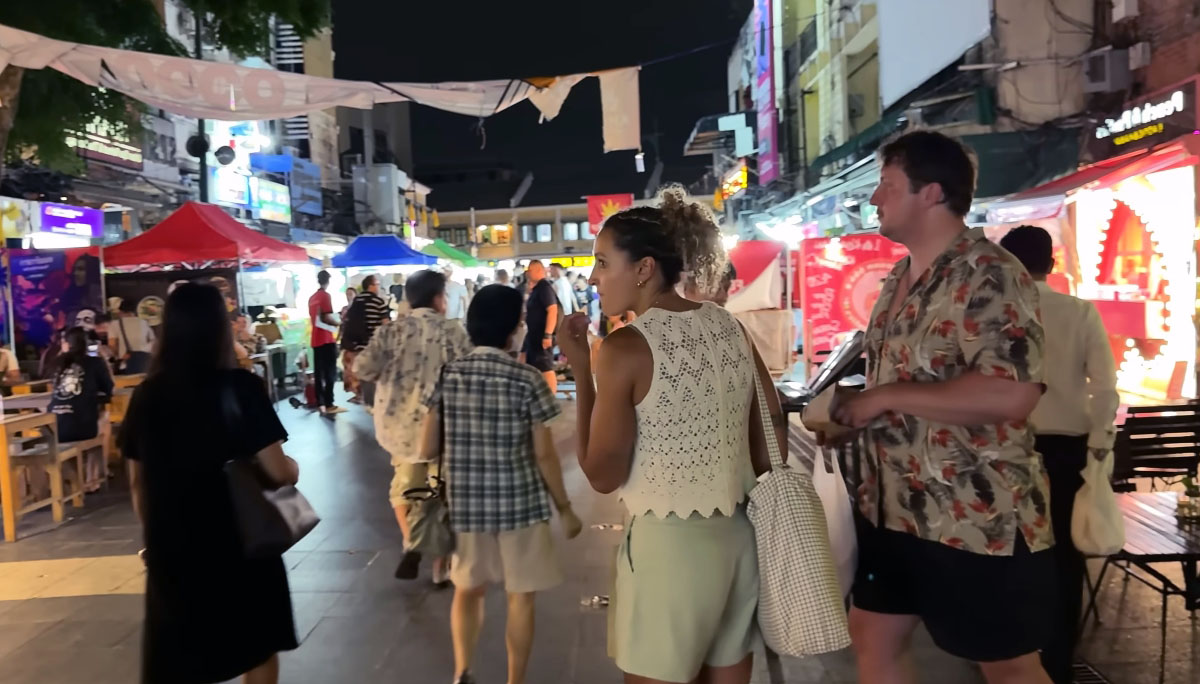
Bangkok nightlife is dressier than most US cities. For women, think rompers, maxi skirts, or stylish sets; for men, loafers or boat shoes instead of flip-flops or sneakers. Accessories like a chic bag or statement earrings add polish.
|| Tip: Dress slightly nicer at night — good clothes often lead to better service.
Please click here to get the complete details on available trips, destinations, accommodation, cost and the rest of it.
Get More Info Now »
What to Wear for Hiking and Rural Areas
When hiking or visiting rural areas, wear clothes that cover your arms and legs for modesty and protection from the sun, insects, and plants.

Choose comfortable walking sandals or breathable trainers for long walks. Avoid flimsy sandals or heels. In rural temples, modest dress is as important as in the city.
Suggested Packing List for Thailand
Yes, packing and luggage have limits, but you shouldn’t exclude essentials while packing for Thailand, like T-shirts, tops, long-sleeve shorts, scarves, and sunscreen (50+ SPF).
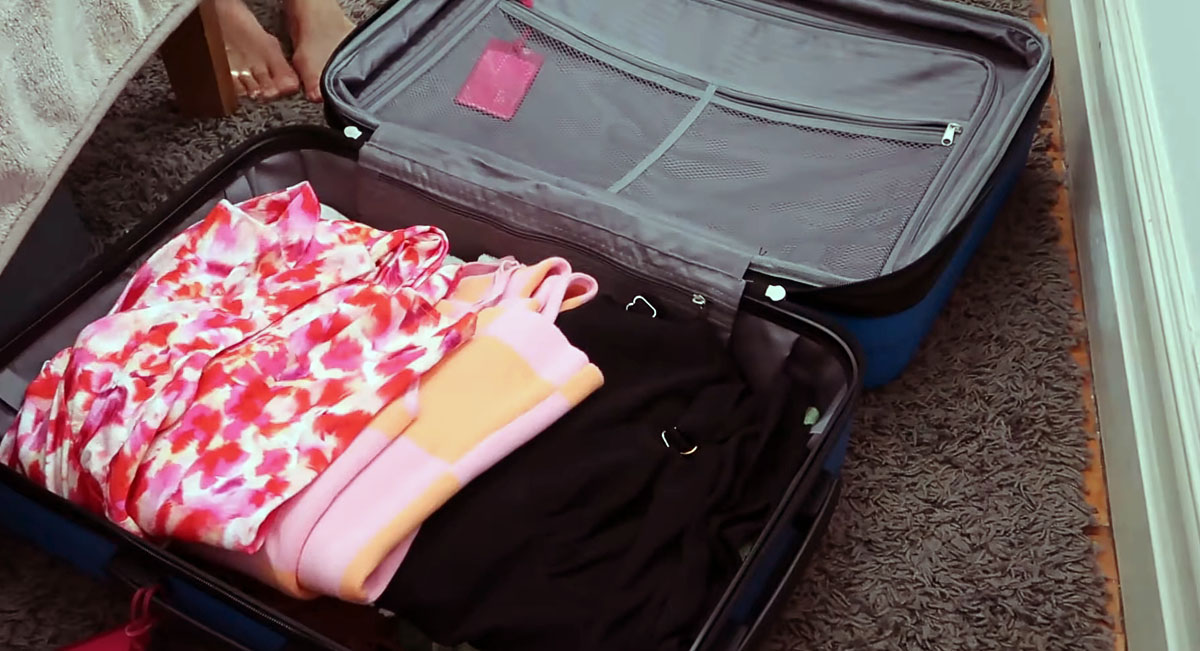
The list of essential packing items are:
- 2-4 T-shirts — light, breathable fabrics for daily wear.
- 3-4 tank tops with thick straps — modest yet cool for hot days.
- 1-2 nicer tops — for evenings or restaurants.
- 1 long-sleeve shirt or light sweatshirt — for cooler nights or AC-heavy transport.
- 1-2 scarves/shawls — for temples and sun protection.
- 3 long shorts/cropped pants — breathable fabrics for comfort.
- 2 lightweight long pants — for rural or formal settings.
- 1 parachute pant — easy, comfy, great for travel days.
- 1-2 dresses/rompers — casual yet pretty for day and night.
- 1-2 long skirts (optional) — versatile for temples and evenings.
- 4 bras (2 sports, 1 regular, 1 bralette).
- 7 quick-dry underwear — wash-and-wear convenience.
- 3 pairs of socks (2 breathable, 1 warmer for flights).
Footwear: flip-flops, 1-2 walking sandals, breathable sneakers/trainers, optional hiking shoes, water shoes for rocky beaches.
Personal Care and Extras
Thailand’s sun is strong; bring reef-safe sunscreen to avoid burns and protect marine life. Mosquito repellent is essential, as bites are common and many tourists regret not packing it (you can buy locally if needed).

Other handy extras: talcum powder for heat rash, bite relief cream, and deodorant. Pack a travel steamer to handle fabric wrinkles.
Shopping and Souvenirs
Since luggage space is limited, focus on packing essentials and buying the rest locally. Skip items you can easily find anywhere, and bring those that are hard to replace.
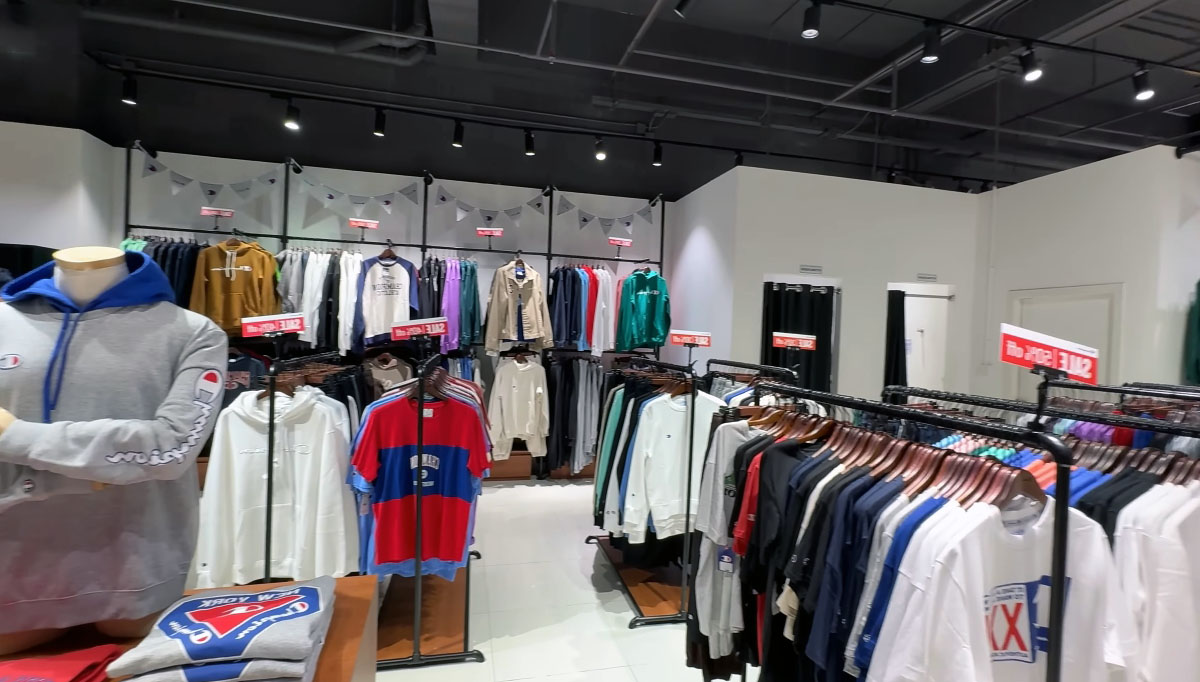
Where to shop in Thailand
- Bo Bae Market - Cheap bulk clothing
- Pratunam Market - Trendy casual wear.
- Indra Square - Budget-friendly fashion and accessories.
- Bangkok street stalls - Local styles and bargain finds.
In the end
In the end, the best outfit is one that makes you feel confident and comfortable. The tips above won’t change your style — they’ll help you enjoy Thailand without discomfort or awkward moments.
Looking for the best Thailand outfits means planning your next trip to Thailand. Our team will definitely make your trip memorable and better, no matter who you are travelling with; our team is there to help you.
FAQs
Q1. Can I wear shorts in Thailand?
Yes, shorts are fine in most casual settings, but avoid them in temples or formal places where knees should be covered.
Q2. What should I wear during the rainy season?
Light, quick-dry clothes, waterproof sandals, and a rain jacket are best. Avoid heavy fabrics that take a long time to dry.
Q3. Do I need to cover up everywhere or just in temples?
You only need to cover your shoulders and knees in temples or rural religious areas, not in everyday casual settings.
Q4. Is it cheaper to buy clothes after arriving?
Yes, clothing is often cheaper in local markets. Pack essentials, then shop locally for trendy or seasonal items.
To share this link:
Please click here to get the complete details on available trips, destinations, accommodation, cost and the rest of it.
Get More Info Now »


